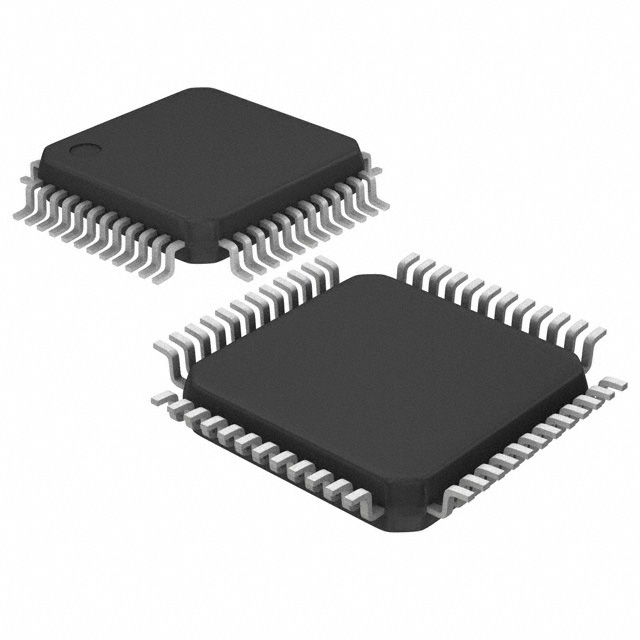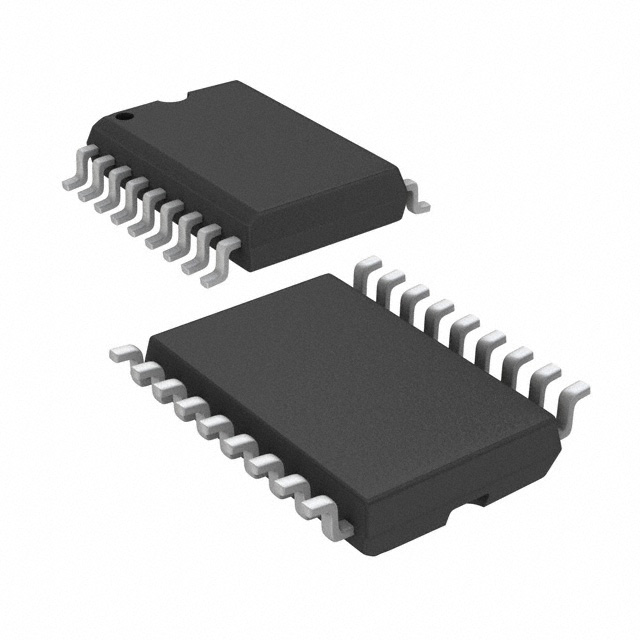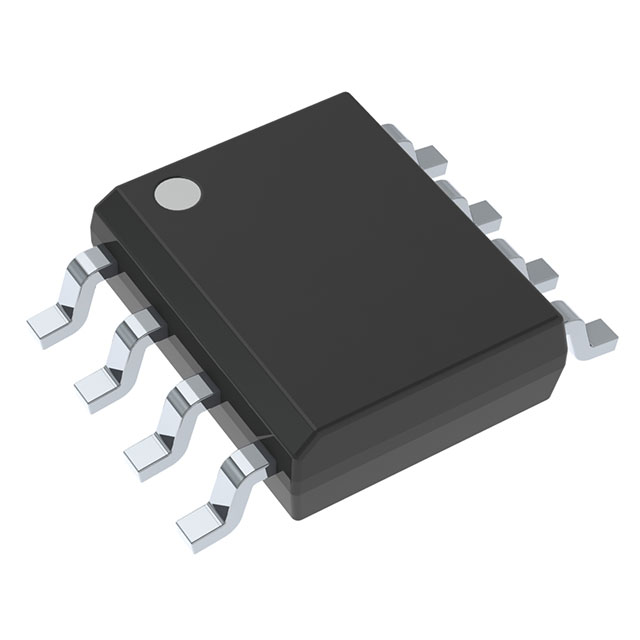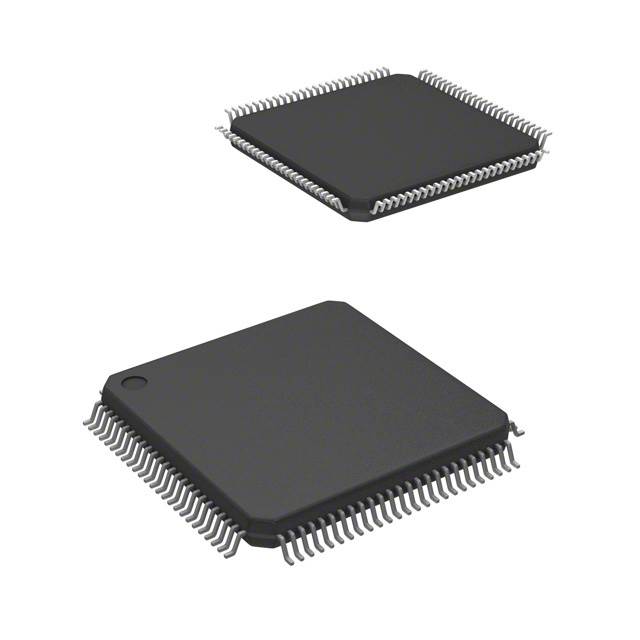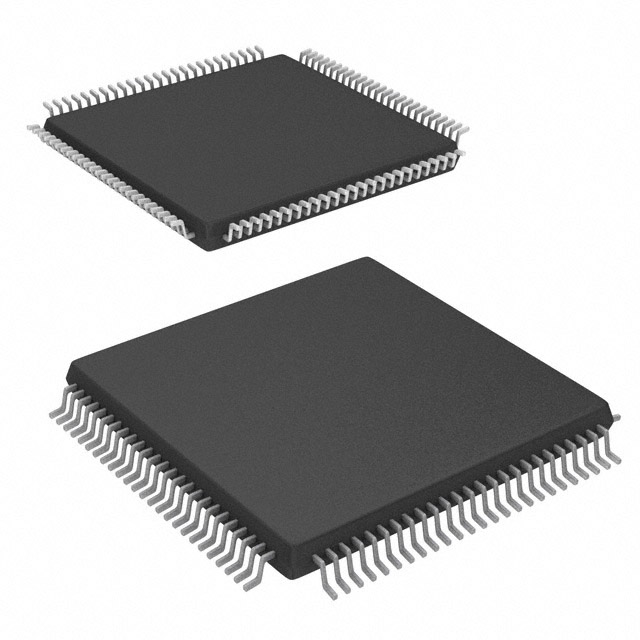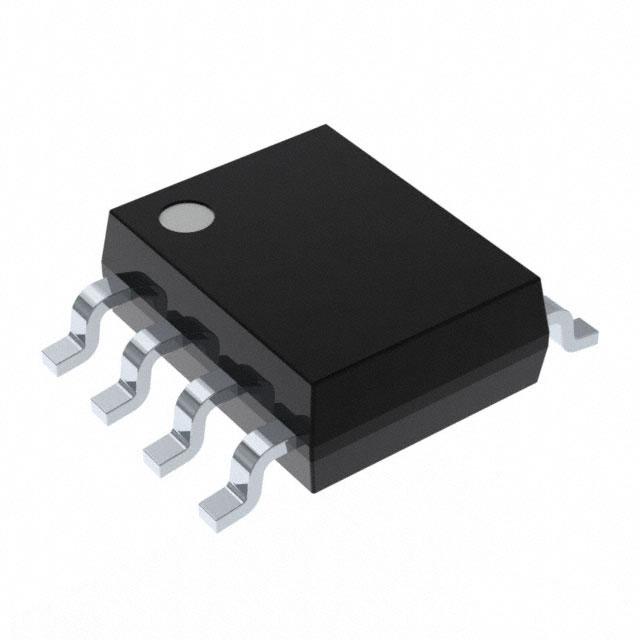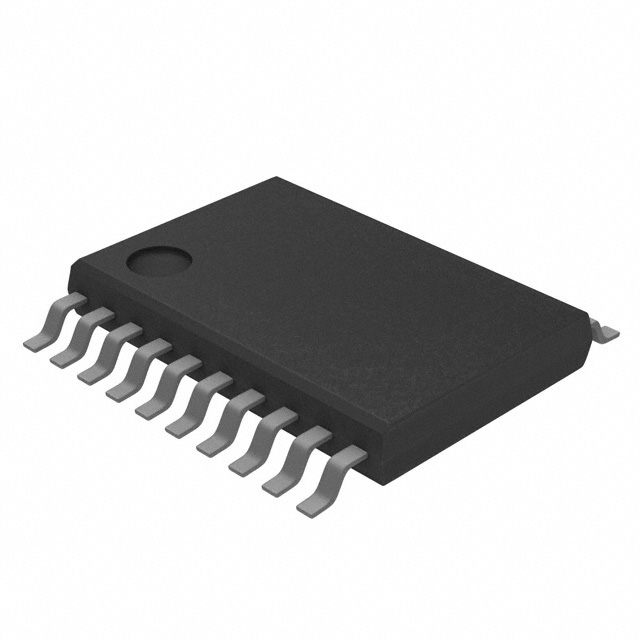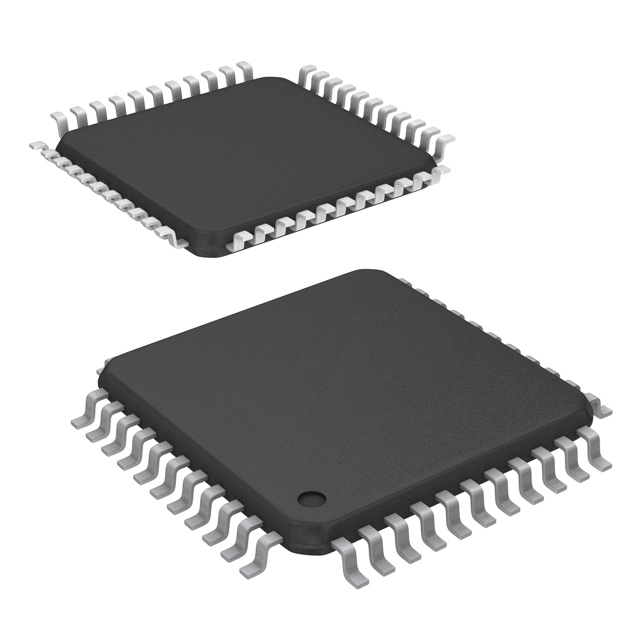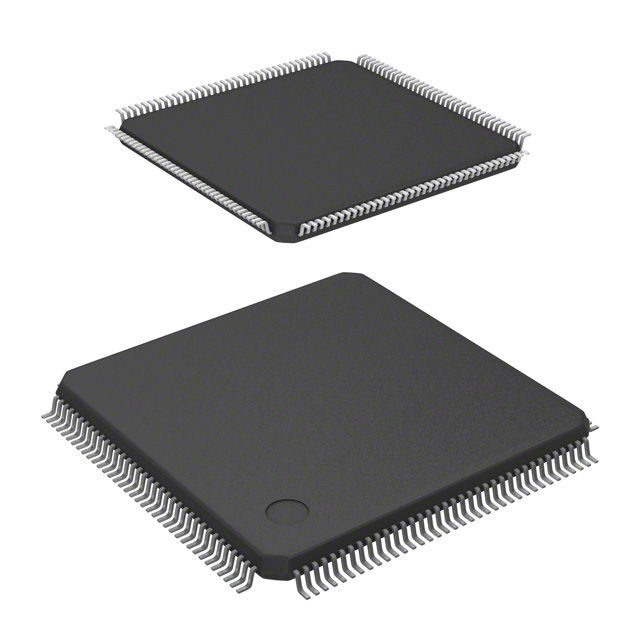

Guide to PC81710NIP1B Optocouplers
Catalog
What is a PC81710NIP1B Optocoupler?How Does the PC81710NIP1B Optocoupler Work?PC81710NIP1B Long-Term Use in a Circuit: How to Do It SafelyPC81710NIP1B Optocoupler ApplicationsPC81710NIP1B IC Optocoupler CircuitPC81710NIP1B Optocoupler FeaturesFrequently Ask QuestionsFinal VerdictThe PC81710NIP1B optocoupler plays a crucial role in modern electronic technology, offering unique functionality and reliability across a wide range of applications. As a photoelectric isolator, its primary job is to ensure efficient signal transmission and isolation within circuits. By combining infrared LEDs and phototransistors, the PC81710NIP1B not only shields sensitive components from high voltages and electrical interference but also ensures signal integrity and accuracy in various settings. In this article, we'll explore the PC817’s definition, structure, operating principle, and its diverse applications, showing how it provides essential support for electronic design.
This guide will cover everything you need to know about the PC81710NIP1B optocoupler.
What is a PC81710NIP1B Optocoupler?
The PC81710NIP1B IC is commonly referred to as a photocoupler, featuring either a transistor or an infrared diode, as mentioned earlier. Its main function is to electrically isolate two circuits from one another. The PC81710NIP1B is an affordable, four-pin device often used to separate signals from low-voltage systems, such as microcontrollers (e.g., a motor drive circuit), from higher-voltage, higher-current signals (e.g., a control signal from the microcontroller).

PC81710NIP1B Optocouplers
With a maximum output current of 50mA and an input voltage of 30V, the PC81710NIP1B can handle a variety of applications. It's particularly effective in industrial environments where noise and transients are common, as it can filter out unwanted disturbances. Additionally, its wide operating temperature range makes it suitable for extreme conditions.
How Does the PC81710NIP1B Optocoupler Work?
The PC81710NIP1B optocoupler relies on optical coupling, which connects an infrared LED and a phototransistor. When voltage is applied to the LED, it emits light, which the phototransistor detects. As the light hits the phototransistor, it generates a current when the transistor's collector-emitter terminals are connected.
This current can then be used to trigger other circuits. When an optocoupler is integrated into a circuit, the LED illuminates the phototransistor, activating the output circuit in response to an input voltage. The key advantage here is that there's no direct electrical connection needed between the input and output circuits.
In short, the PC817 allows electrical signals to be transmitted between two circuits without any direct electrical contact, making it ideal for applications like motor control circuits, power supplies, or automation systems.
PC81710NIP1B Long-Term Use in a Circuit: How to Do It Safely
Always keep the PC81710NIP1B optocoupler within its absolute maximum ratings when using it in your designs. To make sure the internal IR LED is never driven above 50 mA, place a suitable current-limiting resistor in series with pin 1 of the optocoupler. The internal IR LED can be treated just like a standard LED in terms of drive circuitry.
Ensure the device is stored at temperatures between −55°C and +125°C, and only operated between −30°C and +100°C.
PC81710NIP1B Optocoupler Applications
Optocouplers (optoisolators) are versatile components commonly used to provide galvanic isolation between input and output circuits. The PC817 can be used in, for example, the following applications:
1. Switching Power Supplies
PC817 devices are often used to isolate low-voltage control circuitry from high-voltage output stages in SMPS designs. This helps protect sensitive control components from voltage spikes and noise, improving both safety and reliability.
2. Isolated Signal Transmission
In industrial control systems, PC817 optocouplers provide electrical isolation while transmitting control or feedback signals. This is especially useful in noisy environments to prevent ground loops and reduce signal interference.
3. Motor Control
PC817 optocouplers can interface low-voltage logic or microcontroller signals with motor driver circuits. This isolation helps protect delicate control electronics from voltage surges, transients, and other disturbances generated by motors.
4. Isolated Interfaces for Microcontrollers
A PC817 can be used between a microcontroller and external devices such as relays, triacs, or solid-state switches. By isolating the microcontroller from the external circuitry, it helps prevent damage caused by voltage spikes or electrical noise.
5. Signal Isolation in Audio Equipment
In audio systems such as amplifiers or mixers, PC817 optocouplers can isolate audio signal paths from control circuits. This can help reduce hum, ground loops, and other forms of interference and noise.
6. Medical Devices
In medical equipment, electrical isolation is critical for patient and operator safety. PC817 optocouplers are used to safely transfer signals between different parts of the system in devices such as patient monitors, infusion pumps, and defibrillators.
7. Isolated Data Communication
When two devices operate at different ground potentials or in electrically noisy environments, data lines may need isolation. PC817 optocouplers can be used to isolate communication lines and protect both ends from interference and voltage differences.
8. Battery Management Systems
In battery management systems for electric vehicles or renewable energy storage, PC817 optocouplers can provide isolation between high-voltage battery packs and low-voltage control electronics. This improves safety and helps prevent damage to measurement and control circuits.
PC81710NIP1B IC Optocoupler Circuit
The basic PC81710NIP1B optocoupler circuit is shown below. In this circuit, a DC load is switched using the PC817 IC. The optocoupler contains a phototransistor that acts as a switch, operating in a similar way to a standard transistor.
By using the PC817’s internal phototransistor, the circuit remains low-cost while providing high efficiency and electrical isolation between the control side and the load side. The switch S1 is used to drive and control the internal IR LED of the optocoupler, which in turn switches the phototransistor on or off.
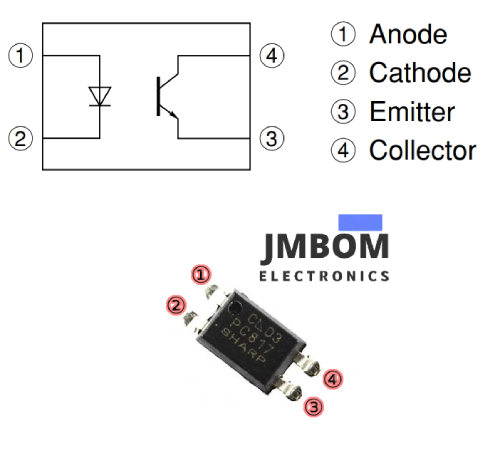
PC817 IC Optocoupler Circuit
A 9 V battery is used to power the LED when the switch is closed, with a 10 kΩ resistor in series. The resistor R1 sets the LED current and therefore its brightness. If you reduce the value of this resistor, the LED current increases and the effective gain of the transistor stage also increases.
On the output side of the optocoupler, an IR LED drives the internal phototransistor. When the LED emits infrared light, the phototransistor conducts. In this state, its output node is pulled low (close to 0 V), which effectively turns off the load connected beyond it.
It is important to note that, according to the PC817 datasheet, the maximum collector current for the internal transistor is 50 mA. The pull-up resistor R2 is used to provide a 5 V logic-level output from the supply. In this example, a microcontroller monitors that output and detects pulses, which are optically transferred via the phototransistor inside the PC817.
PC81710NIP1B optocouplers perform very well, but their exact behavior depends on how they are used in the circuit. At the output side, the logic signal is taken from the transistor’s output pin and pulled up to the appropriate supply rail. At the input side, the LED must always be driven through a suitable current-limiting resistor. When infrared light is present, the optocoupler output switches logic state: the current through the output transistor changes from “off” (no current) to “on” (current flowing), corresponding to a change in logic level.
PC81710NIP1B Optocoupler Features
PC817 optocouplers (optoisolators) are widely used for signal transmission and electrical isolation in electronic circuits. Their main features include:
Optical Isolation
The PC817 contains an LED and a photodetector (typically a phototransistor). The signal is transferred optically from input to output, providing galvanic isolation between the two sides.
Compact Package
PC817 devices come in small, standard packages, making them suitable for densely populated PCBs and space-constrained designs.
Low Power Consumption
The internal LED requires only a small drive current, so overall power consumption is low. This makes the PC817 a good choice for battery-powered and energy-efficient systems.
High Isolation Voltage
The device offers a high isolation voltage rating between input and output, helping protect low-voltage control circuitry from high-voltage transients and faults.
Wide Operating Temperature Range
PC817 optocouplers are specified to work over a broad temperature range, allowing them to be used in environments where temperatures vary significantly.
Fast Switching Response
They support relatively fast switching speeds, enabling quick transfer of input changes to the output. This is important in applications that require rapid signal response.
Versatile Functionality
PC817 optocouplers can be used for tasks such as switching, signal isolation, and level shifting, and can handle both analog and digital signals in many designs.
High Reliability
With robust construction and stable performance over time, PC817 devices contribute to durable and reliable electronic systems.
Broad Application Range
Thanks to their versatility, PC817 optocouplers are used in industrial automation, telecom equipment, medical devices, automotive electronics, and consumer products.
Cost-Effective Solution
Compared with solutions like transformers or some digital isolators, PC817s provide electrical isolation at a lower cost, making them attractive for high-volume and cost-sensitive applications.
Frequently Ask Questions
What are the typical applications of PC81710NIP1B optocouplers?
PC81710NIP1B optocouplers are widely used in industrial automation, telecommunications, medical equipment, automotive electronics, and consumer products. Typical uses include noise immunity, signal isolation, level shifting, and voltage-controlled switching.
What is the maximum isolation voltage of a PC817 optocoupler?
The maximum isolation voltage depends on the specific PC817 variant and manufacturer. In general, devices in the PC81710NIP1B family offer isolation ratings from a few hundred volts up to several kilovolts, allowing safe operation in high-voltage systems. Always check the relevant datasheet for the exact rating.
Are PC81710NIP1B optocouplers polarity sensitive?
The PC81710NIP1B itself is not “polarity sensitive” in the sense of working in either direction, but its LED and phototransistor do have specific pin polarities that must be respected. The input LED must be connected with the correct anode and cathode orientation, and the output phototransistor pins must be wired according to the pinout in the datasheet. Proper pin assignment is essential for correct operation.
Final Verdict
The PC81710NIP1B optocoupler is a popular choice for isolating and transferring signals in electronic circuits. It is both reliable and highly versatile. Thanks to its compact package, low power consumption, and fast response, it fits well into a wide range of designs.
PC817 devices help protect sensitive, low-voltage circuitry when used in high-voltage or noisy environments by providing robust electrical isolation. This makes them especially valuable in fields such as automotive electronics, telecom systems, and medical equipment.
With their flexible design, PC81710NIP1B optocouplers can be used in isolation stages, level-shifting circuits, and noise-immune signal paths. Their reliability, affordability, and ease of implementation further contribute to their widespread use in electronic design.
In summary, the PC81710NIP1B optocoupler is an excellent component for engineers and designers who need a dependable solution for electrical isolation and signal transfer across many types of electronic systems. Its combination of performance, features, and versatility supports efficient and robust operation in a broad range of applications.
Subscribe to JMBom Electronics !



